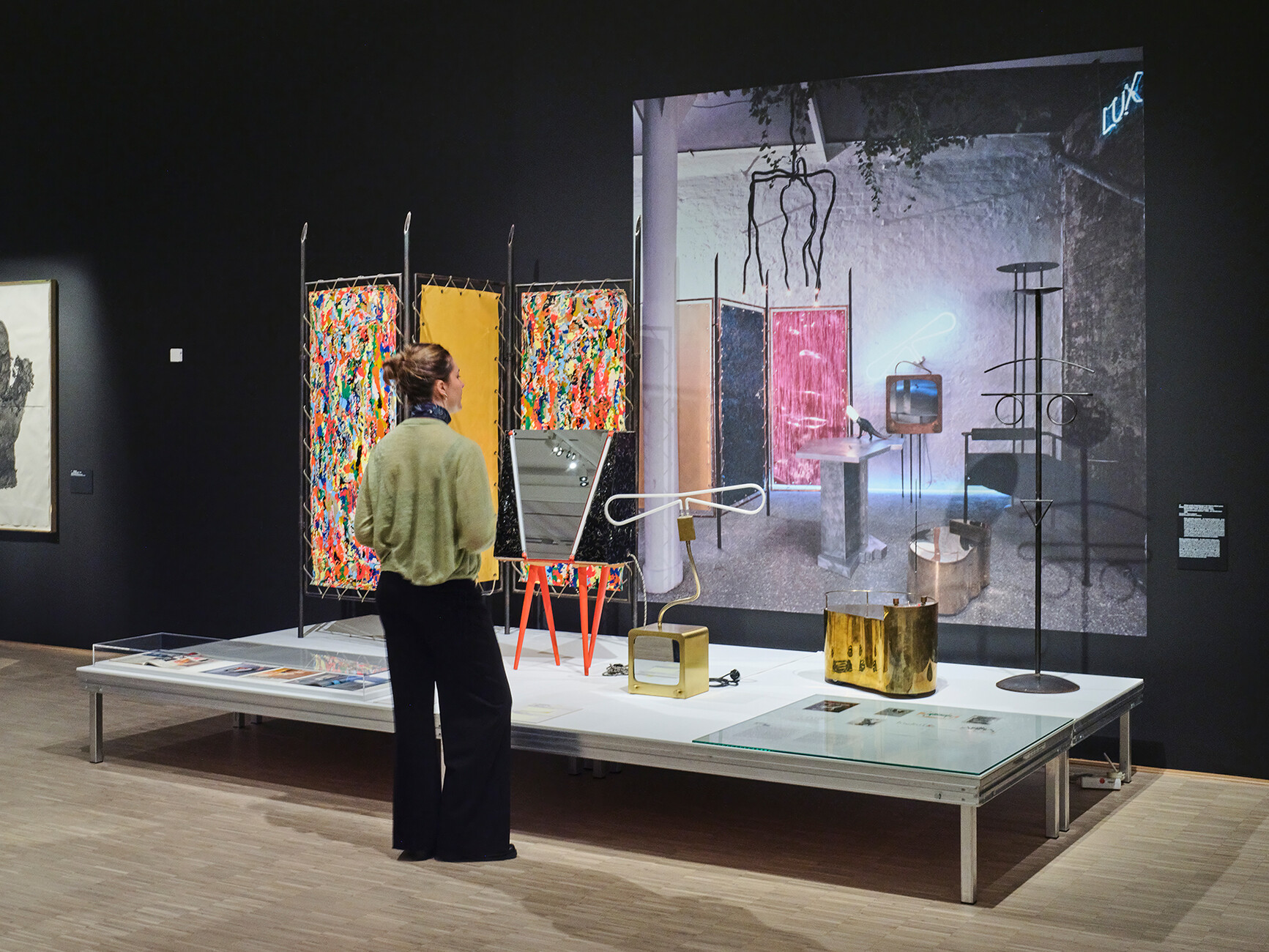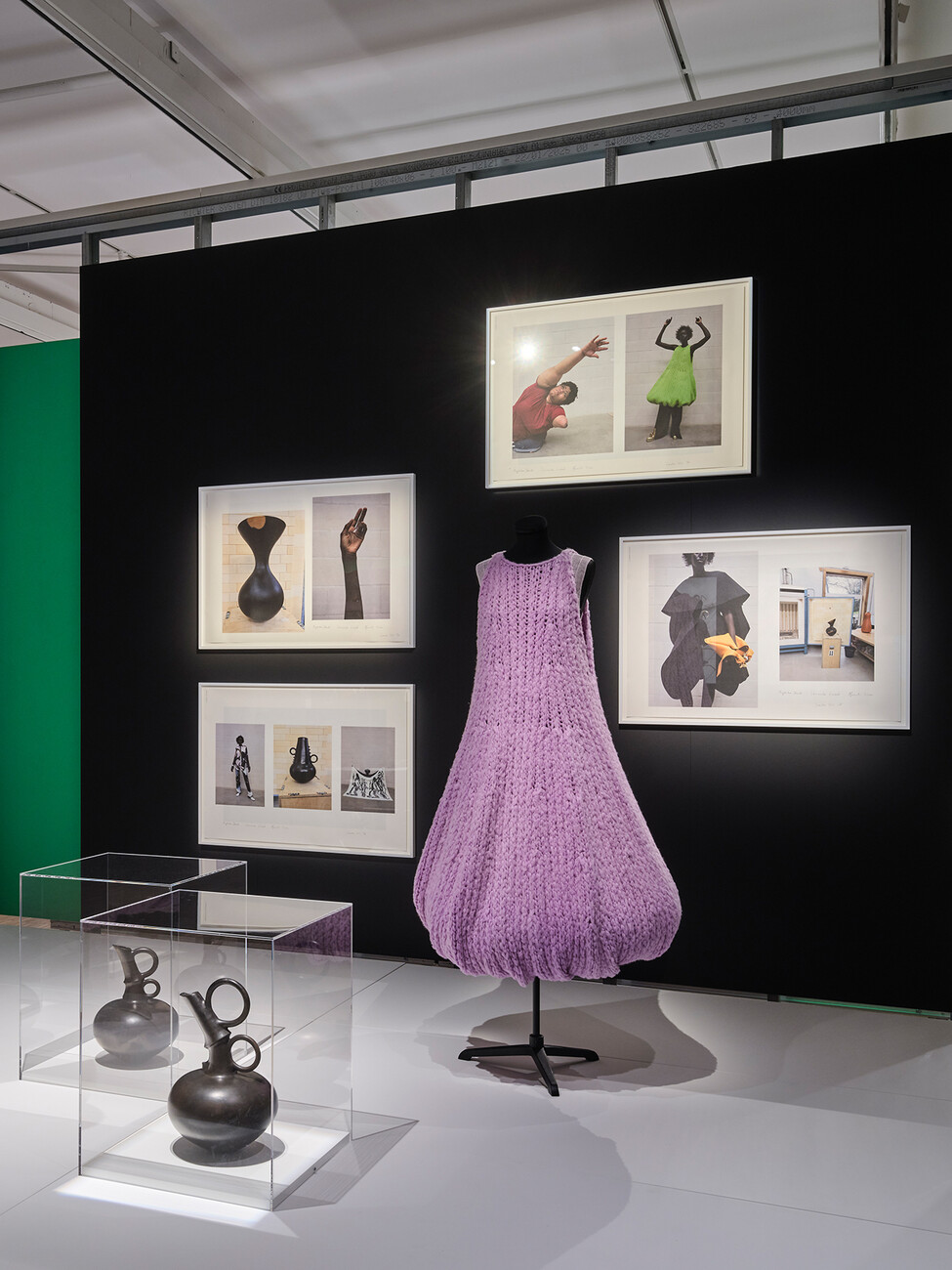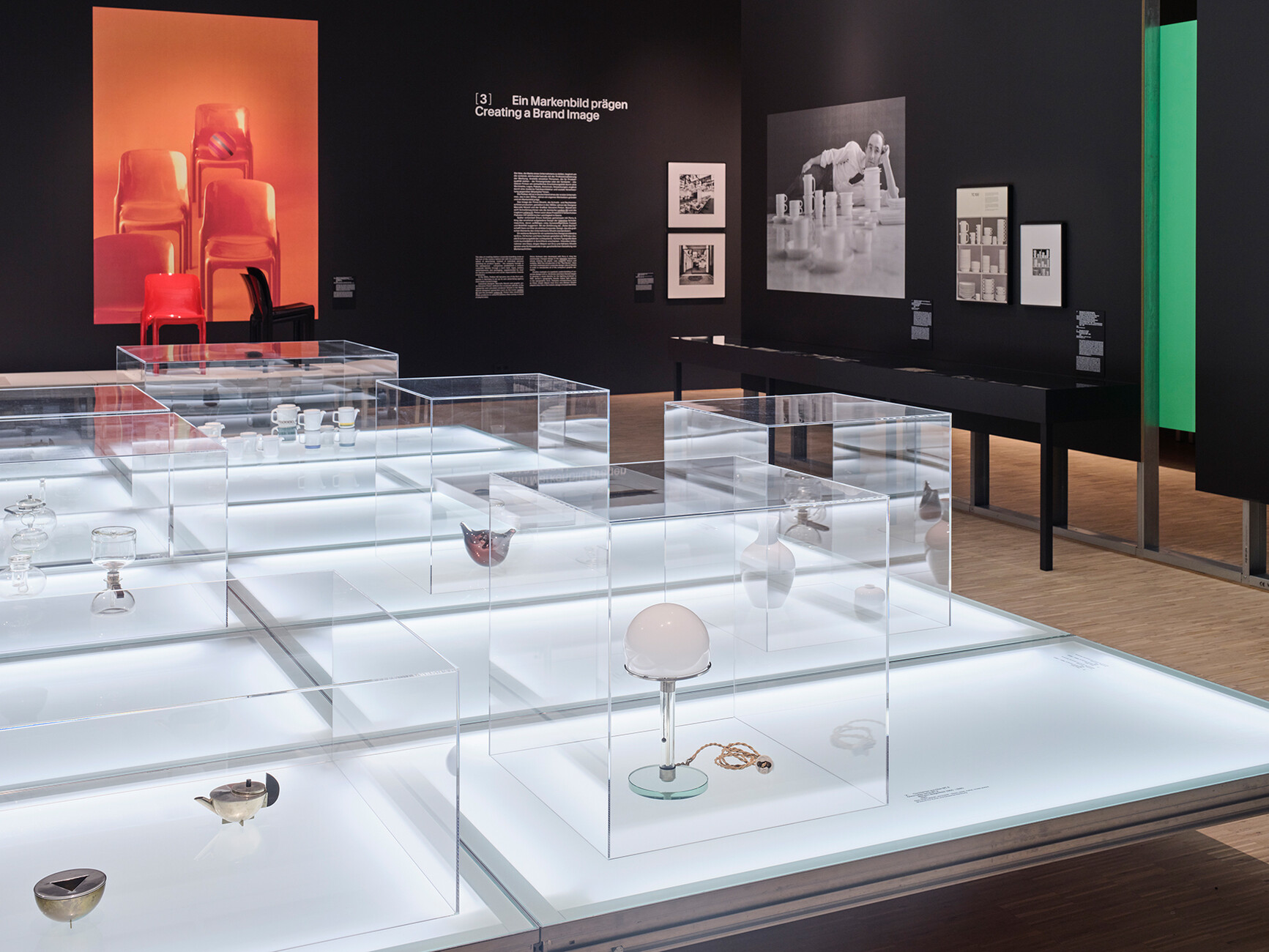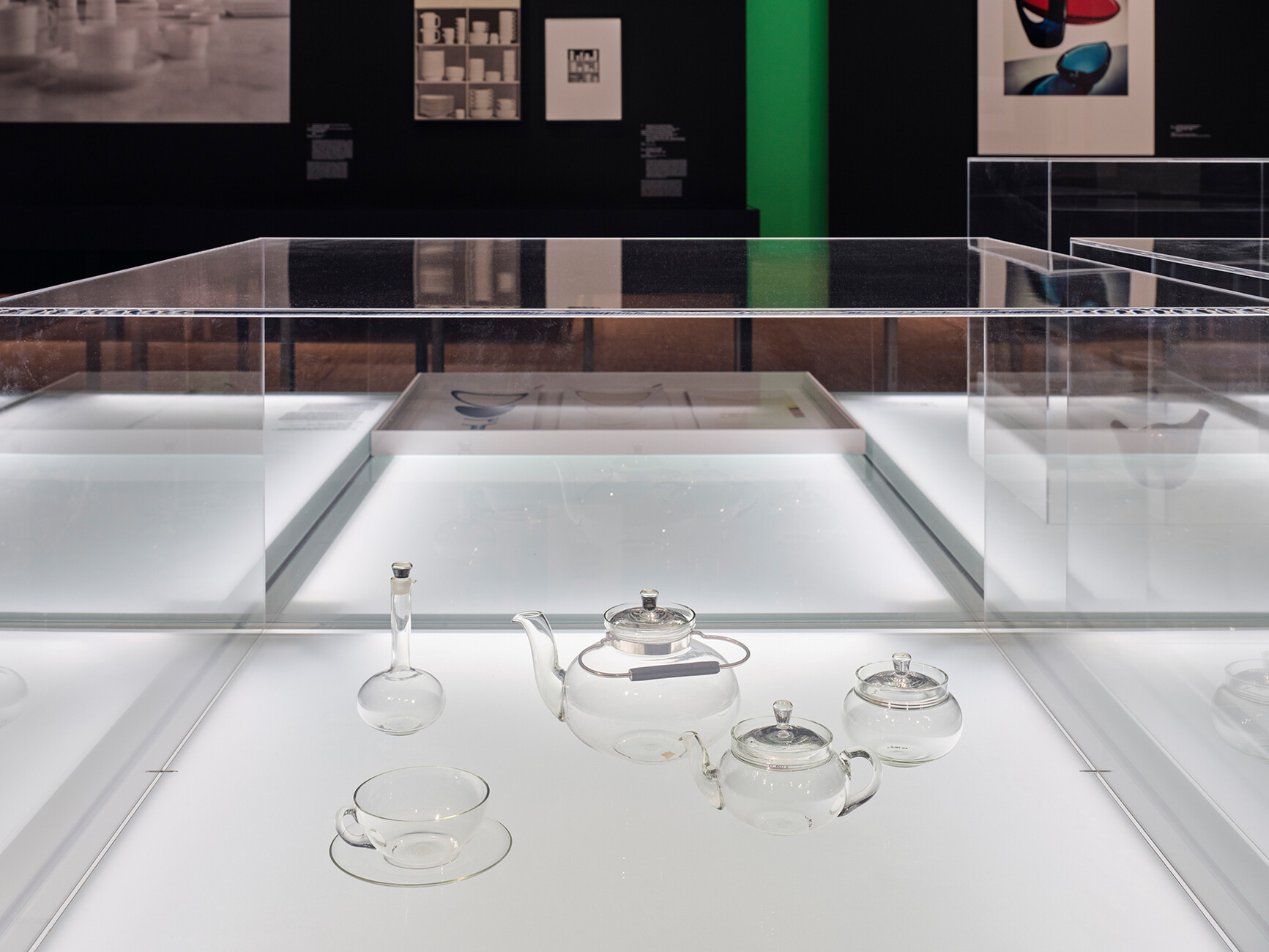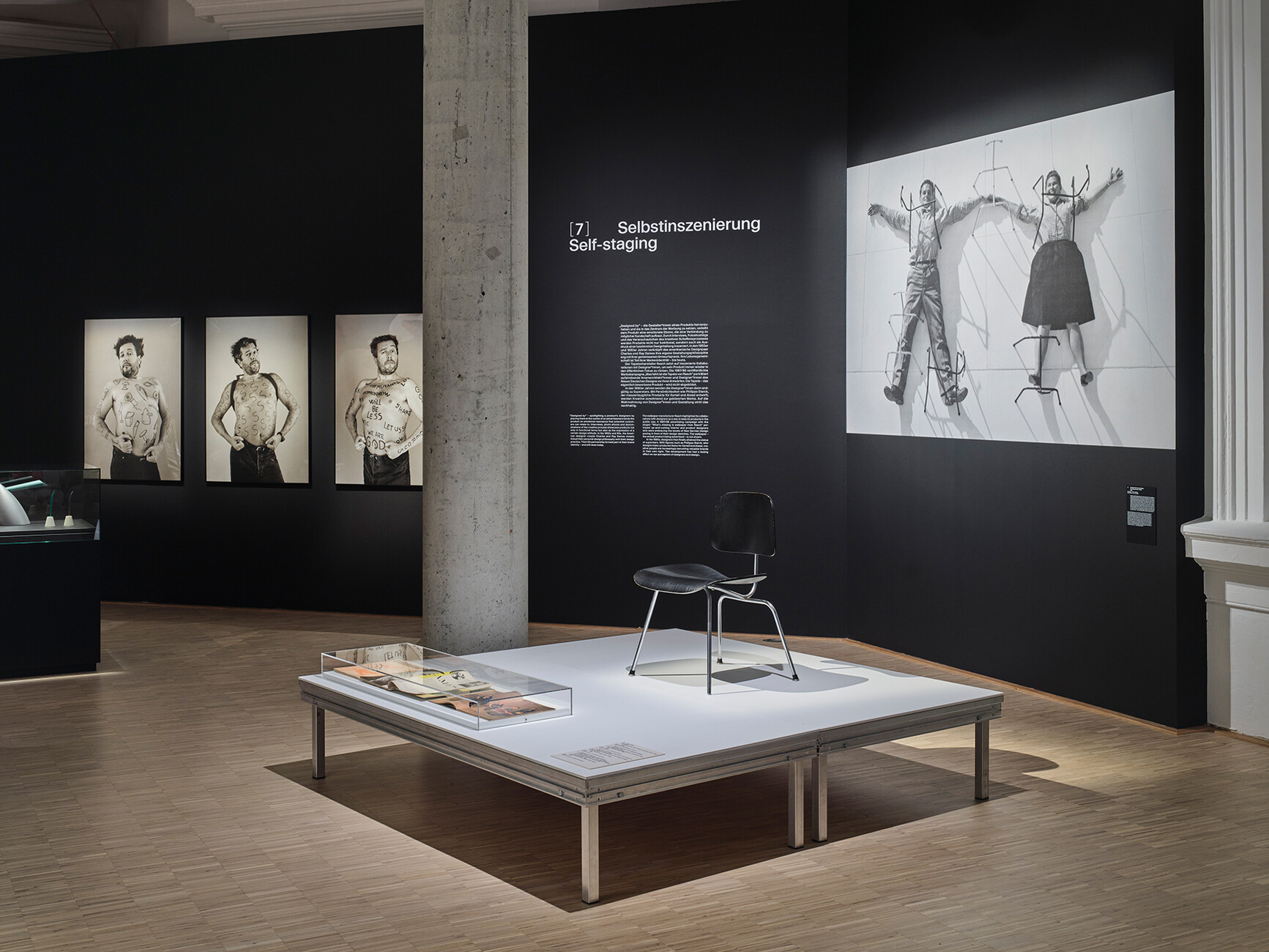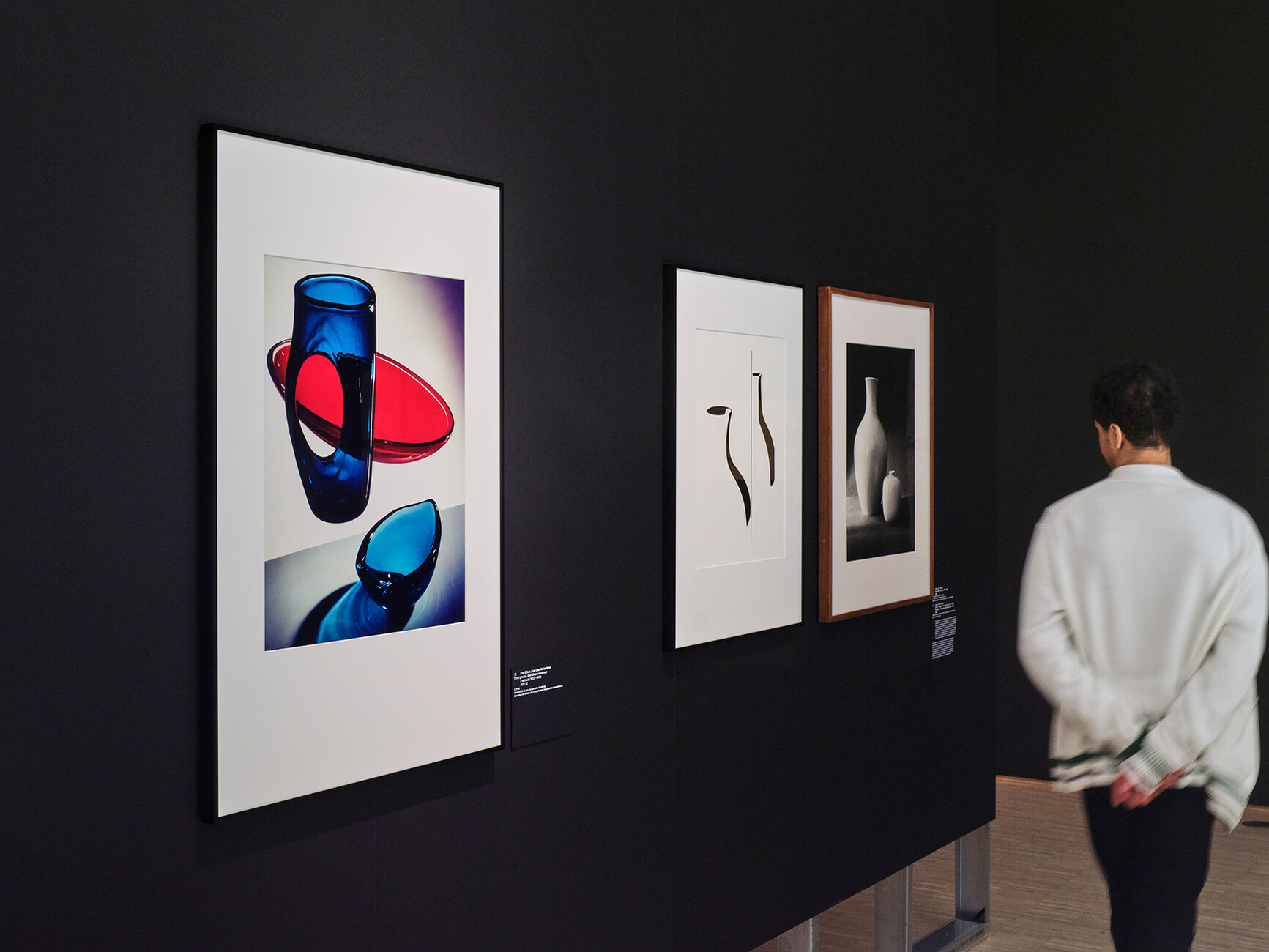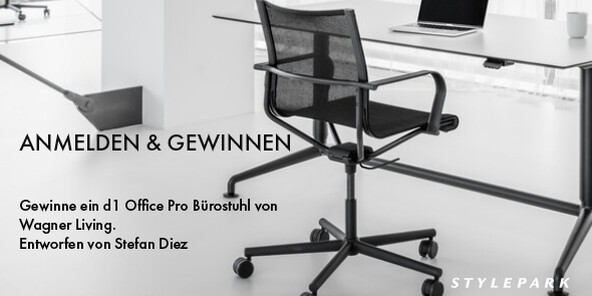Put into perspective
Thomas Edelmann: The exhibition you have curated focuses not only on design objects, but also on how they are presented through photography, film and advertising. What can visitors expect?
Esther Ruelfs: The exhibition brings together photography, graphic design, product design and fashion. It asks how design objects were staged at the time they were created. What happens to create an image of these objects? My approach is through photography. At the beginning of my research, I expected that, in addition to Dieter Rams' chair for Vitsoe, we would also find the accompanying advertising graphics by Wolfgang Schmidt or photos by Ingeborg Kracht-Rams in our collection. It quickly became clear that collections were often not cross-media – we needed many loans.
Artifacts are usually collected separately according to medium, if only because the materials used in furniture, posters and photography differ. How did you break with this logic?
Viktoria Lea Heinrich: Our aim is to tell the story of design from different perspectives. Take, for example, the ‘Valentine’ typewriter by Ettore Sottsass and Perry A. King for Olivetti: we don't just show the object, but also its iconic presentation and how the company's image was created. This results in an object biography that incorporates disciplines such as advertising, photography and graphic design – a new narrative.
Does your exhibition examine cooperation as a central principle?
Esther Ruelfs: Exactly. Initially, we wanted to focus on a few examples in depth. But many collection managers contributed their own input, and in the end we ended up with 400 exhibits. Together with Viktoria Lea Heinrich, we condensed these into 18 case studies organised into eight thematic chapters.
Viktoria Lea Heinrich: At companies such as Pelikan and Erco, authorship was central. The companies deliberately invited well-known photographers and graphic designers to create their respective visual identities. We show who contributed which content or design features.
Esther Ruelfs: Our aim is to present design histories comprehensively.
Viktoria Lea Heinrich: Sometimes the focus is on a company's image, sometimes on the role of photography in staging, and sometimes on the integration of artistic and craft strategies.
The final chapter is entitled ‘New Tools’. What is it about?
Viktoria Lea Heinrich: We show how social media and digital tools influence the staging of objects. Take, for example, a clip by Ian Padgham for the fashion label Jacquemus: oversized handbags appear to be driving through Paris – but in fact it is a 3D video that went viral on Instagram. For the catalogue, I spoke to Konstantin Grcic about the re-staging of his ‘Mayday’ lamp. Today, the community is staging it on Instagram – as on journalist Jasmin Jouhar's account made_my_mayday, which has over 500 examples. The fashion brand Telfar also uses social media to interact with its own community: buyers upload their own videos, which appear on the website and in the label's New York shop.
From the mid-1920s onwards, photography replaced commercial art. What happened back then?
Esther Ruelfs: We illustrate this change using the example of Kaffee Hag. Large-format posters dominated the urban landscape, designed by architects Runge & Scotland, who created the brand image. But with the rise of magazines, photography took over in advertising. The new focus was on showing the attempt to thread a needle in close-up, which requires a steady hand. It was no longer the product itself that was in the spotlight, but the scientific and medical discourse surrounding it. In the 1920s, the theme was how decaffeinated coffee could help nervous city dwellers find peace of mind. The promise was a healthier lifestyle.
The 1920s are the subject of many current design exhibitions. What we retrospectively call design emerged 100 years ago and is now coming of age. Today, there are strategies to involve users more closely in the design process. Does this mean that the professionalism of design, which is part of the genesis of modernism, is being lost to some extent?
Viktoria Lea Heinrich: I see both similarities and changes. In the chapter ‘Finding a new form,’ we show how new materials have influenced form and presentation – from Wilhelm Wagenfeld and Marianne Brandt at the Bauhaus in the 1920s to the present day. At the same time, photographers and graphic designers have established new methods of presentation. Product innovation and visual language are closely linked. This is another reason why we place the image alongside the object.
Esther Ruelfs: Contemporary artists such as Telfar work with amateur photographs, but the framing of these images on the website and the invention of the Telfar TV format remain highly professional.
One example is JW Anderson's fashion brand, which combined fashion with ceramics by Magdalene Odundo during the pandemic.
Esther Ruelfs: We already owned objects by Odundo and a dress by Anderson. During the pandemic, Juergen Teller photographed works by Odundo and Shawanda Corbett, who is also a ceramicist and performer. The photos were taken in the artists' studios – this combination gave them a new meaning.
In 1982, MK&G became a driving force in the design scene with the exhibition ‘Möbel perdu’ (Lost Furniture), staged by architects Claudia Schneider-Esleben, Michel Feith and Rouli Lecatsa. The three subsequently founded a producers' gallery in Hamburg. Would such an impulse still be conceivable today?
Viktoria Lea Heinrich: Today, museums can specifically promote young creative people – for example, through residencies. This creates opportunities and new ways of accessing collections. I still see museums today as spaces of possibility from which new things can emerge.
Esther Ruelfs: Museums and media used to carry more weight. Today, there are many public spheres – through platforms, blogs and social media.
Viktoria Lea Heinrich: Today, I see the museum as a space of possibilities from which new things can emerge.
Ms Heinrich, you are researching Hans (Nick) Roericht. What is significant about his stackable tableware from the late 1950s?
Viktoria Lea Heinrich: It looks familiar, as if it came from a cafeteria. But it represents the search for new forms: robust, simple, stackable. Similar designs existed in the GDR, such as the ‘Rationell’ tableware by Jahny and Müller. Both designs were photographed in a similar way – sober, almost sculptural. We display them side by side in the showcase – the differences are only noticeable on closer inspection.
What surprised you during your research?
Esther Ruelfs: How much we depend on what others have preserved. A lot of information was no longer available.
Viktoria Lea Heinrich: I was amazed at how little German companies' archives have been processed and what opportunities they offer for design history research. For example, I discovered Wilhelm Wagenfeld's plaster models of his glass inkwells by chance in the Pelikan archive.
The exhibition focuses on advertising photography. Is its importance often underestimated?
Viktoria Lea Heinrich: Staging happens through images – whether on posters or Instagram. The means change, the effect remains the same.
Esther Ruelfs: I don't see the significance of a photograph as diminished because it was commissioned. Albert Renger-Patzsch photographed for Jenaer Glas. He chose one of the photographs we are showing for his photo book ‘Die Welt ist schön’ (The World is Beautiful) – in the 1920s, there was no doubt that the images were of equal value. As a museum, we can still use this as a guide and should broaden our perspective accordingly.
Dr Esther Ruelfs is head and curator of the Photography and New Media Collection at the Museum für Kunst & Gewerbe Hamburg.
Viktoria Lea Heinrich is a design historian, curator and doctoral candidate at the Institute for Cultural Studies at Humboldt University in Berlin.
‘Hello Image – Die Inszenierung der Dinge/The Staging of Things’
Until 12 April 2026
Museum of Arts and Crafts Hamburg
Steintorplatz
20099 Hamburg
Opening hours
Tuesday to Sunday 10 a.m. – 6 p.m.
Thursday 10 a.m. – 9 p.m.
Thursday on public holidays 10 a.m. – 6 p.m.








